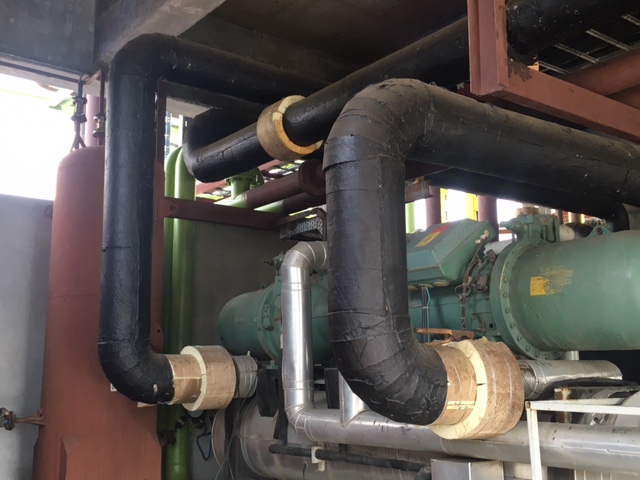
Welcome to Solor.
THERMAL & COLD INSULATION CONTRACTOR & MATERIALS SUPPLIER
Thermal & Cold Insulation Materials like Rock Wool LRB Mattress, Glass Wool, Mineral Wool, Fiber Glass, Thermo Cole, Wire Netting Wire, Bitumen, Salicote, Tissue Paper Etc Hot & Cole Insulation Materials Supplier

Welcome to Solor Insulator
THERMAL & COLD INSULATION CONTRACTOR & MATERIALS SUPPLIER
Thermal & Cold Insulation Materials like Rock Wool LRB Mattress, Glass Wool, Mineral Wool, Fiber Glass, Thermo Cole, Wire Netting Wire, Bitumen, Salicote, Tissue Paper Etc Hot & Cole Insulation Materials Supplier





